Salad toppings in the winter are not the same as salad toppings in the summer.
No matter how much you might crave a just-picked juicy tomato as the perfect salad topping, there are none to be found.
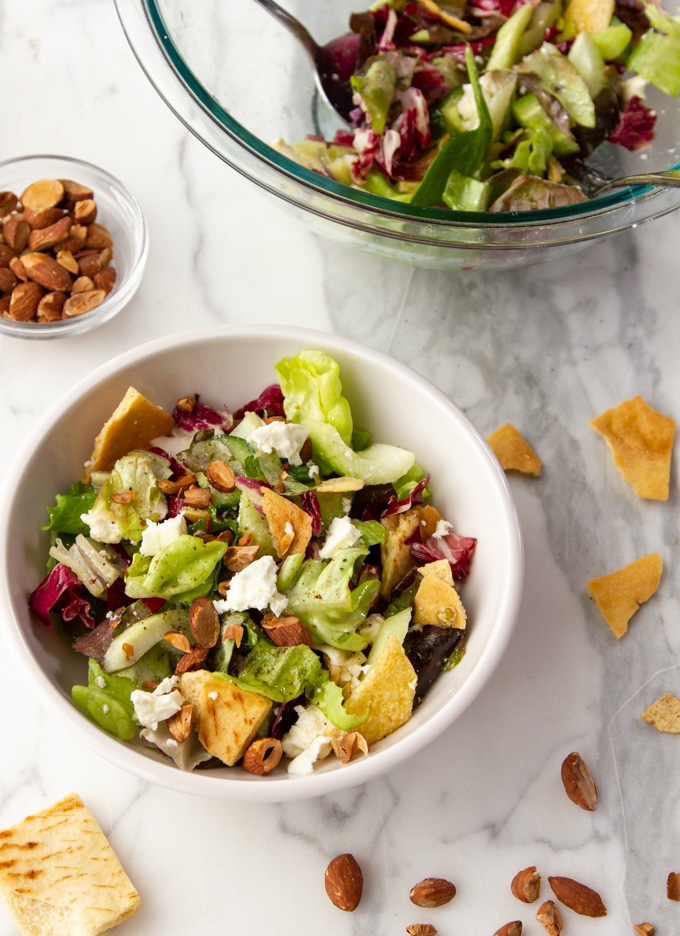
There aren’t any tart plums, apricots, peaches, or fresh berries to give a tart pick-me-up to salads either.
Nope. It’s winter, and the pickings are slim.
Even that standby ingredient, the cucumber, feels too cold to eat most days. The lettuce could use some warming up as well.
Luckily, I've discovered six salad toppings that add joy and warmth to winter salads. I hope you feel the same, and that you give these ingredients a try. Here they are:
1. Deeply toasted almonds
Almonds are warming. They nourish your metabolism with lasting energy, and they are 20 percent protein by weight, so they’ll help you feel full. Their rich nutritional profile is also a blood tonic for anemia, as well as a tonic for your nerves.
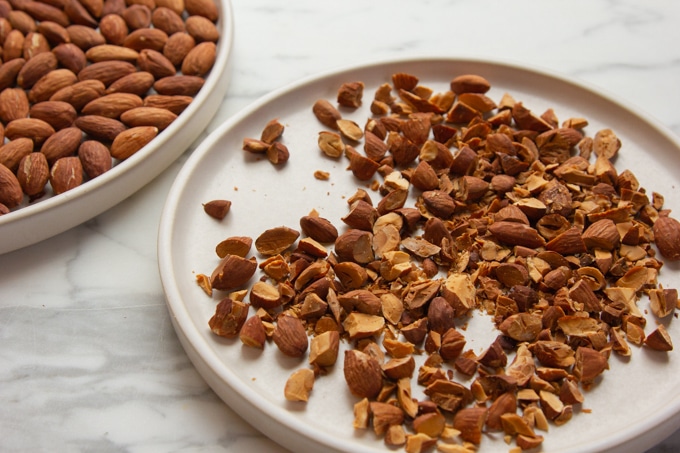
In the winter, there is something about raw almonds that isn’t appealing to me. Bland comes to mind.
What is appealing is the earthy bittersweet flavor of deeply toasted almonds. By deeply toasted almonds I mean baked in the oven until they are dark brown.
The complexity of their flavor blends splendidly with the lighter astringent tastes in the lettuce, as well as the richer tastes of ingredients like feta cheese and a red wine vinaigrette dressing.
After toasting your almonds, chop them up and keep them in a jar. A sprinkle each time is all you need to bring your salad to life.
You may also consider: Toasted walnuts or pecans. Macadamia nuts are pretty good too.
2. Pita chips
I have to admit that I am obsessed with pita chips. I use them mainly as a salad topping, but sometimes I dip them in hummus or just eat them plain.
Pita chips remind me of croutons, which I am also fond of, but pita chips are better.
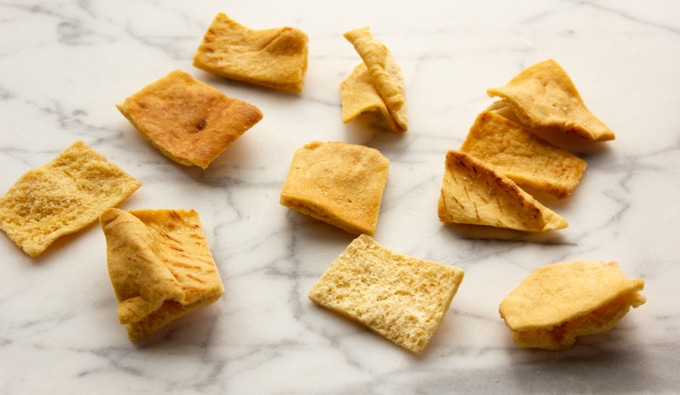
I use a store-bought low-fat brand from Trader Joe’s and I really enjoy the salty, crunchy bites in my salads.
A salad with some crunchy carbs is always more enjoyable, don’t you think?
So far, that’s two crunchy salad toppings. I am sensing a theme here ...
You may also consider: crunchy chow mien noodles, corn chips, or toasted seeds
3. Celery chunks
I suppose it is the crunchiness of celery that draws me in. When it comes to using celery as a salad topping, I like to slice my pieces large.
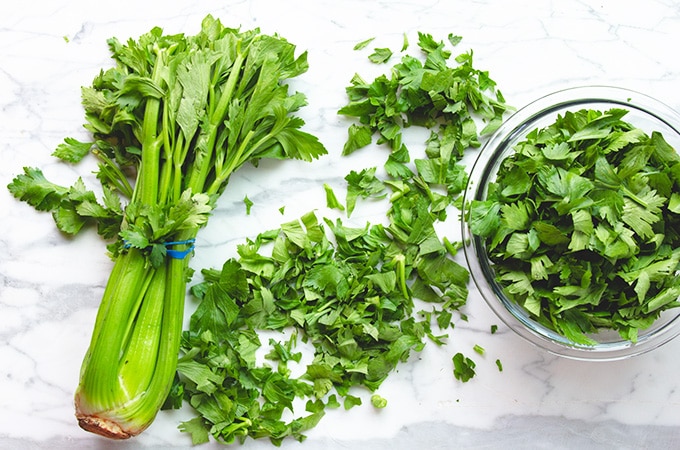
That's right, no tiny celery bits for me. I prefer nice bite-sized chunks in my salads, so my mouth can be filled with natural sodium and an explosion of hydration in the form of celery juice.
I am harping on the size thing because it is pretty common to chop salad toppings like celery up really small. Maybe you haven't thought of doing things differently. So if you haven't tried it, chop your toppings larger and see what you think.
I have written before about how I believe that celery is under-appreciated. I suggest you don’t knock it until you try it!
You may also consider: apples or pears
4. Feta cheese
I’m moving on to tangy flavors now, starting with feta cheese.
To me, feta is the perfect cheese to top a winter salad—SO SATISFYING—especially when you top it with good quality olive oil and a vinegar.
Feta cheese has an undeniably rich, creamy taste, but what I enjoy about feta is that it isn’t as creamy and rich as most other cheeses.
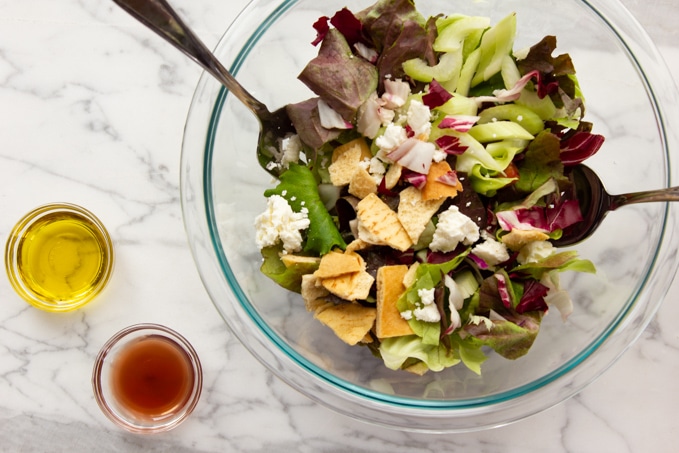
Feta is what is known as a “fresh cheese” because it is minimally aged and processed.
You will usually find feta stored in a salty brine, and traditionally that brine is either sheep or goat milk. Feta’s subtle, complex flavors come from the grass varieties consumed by the animals.
Traditionally, feta is made from goat or sheep milk, but you can also find plenty of cow’s feta in North American grocery stores.
The taste of cow’s feta will be even milder.
You may also consider: having no cheese
5. Umeboshi plum vinegar
I am thrilled to share this ingredient with you, because umeboshi plum vinegar is unique and fun to have on winter salads.
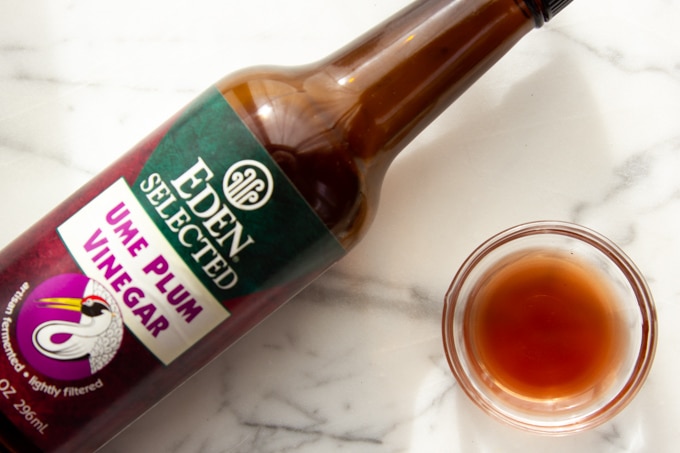
With this vinegar, and a good quality olive oil, you don’t need any fancy salad dressings to enjoy an incredibly tasty salad.
Umeboshi plum vinegar is very salty, but it is also very sour and tangy.
However, the tang is not like lemon juice, which is a single note. The sour taste of the umeboshi plum is complex.
It starts with the ume fruit's high citric acid content, and then its salted and fermented, which develops its tremendous flavor.
Ume is closely related to apricots, however when translated from Japanese to English, it became “Japanese plums.”
Since it is so sour, nobody enjoyed eating the fruit, so that’s probably how umeboshi plum came about as a prepared preserve.
You can find umeboshi plum paste as well as the vinegar.
It is typical in Japan to have a bit of umeboshi plum paste as a condiment with rice. I love it with avocado or with boiled potatoes. You need something bland to go with it because the flavor punch is real.
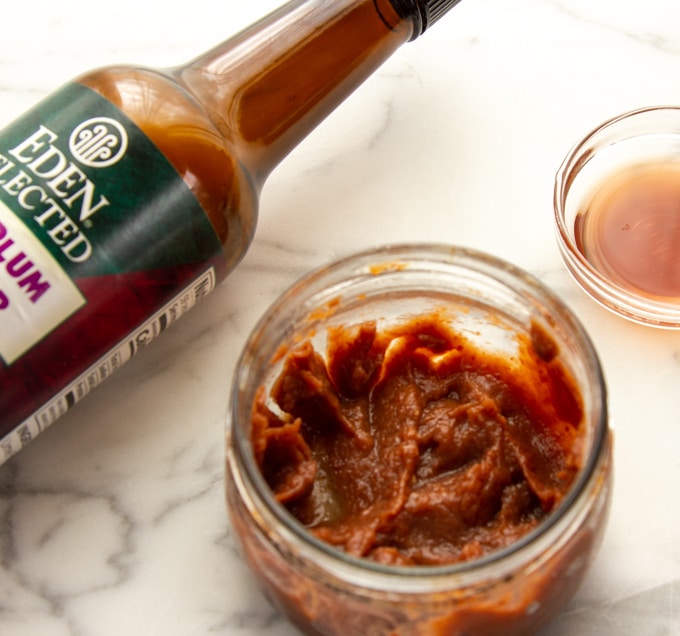
Umeboshi plum has an alkalizing effect on the body, as well as anti-bacterial and digestive benefits.
Try it, and you won’t be disappointed.
You may also consider: good balsamic vinegar, or a homemade red wine vinaigrette.
6. Good quality olive oil
Oh my goodness! Just thinking about this one makes me excited in case any of my readers out there haven’t tried a good quality olive oil before, and I get to describe it to you.
The type of olive oil I am speaking of is one that you never use heat to cook with. It is only for adding flavor to food.
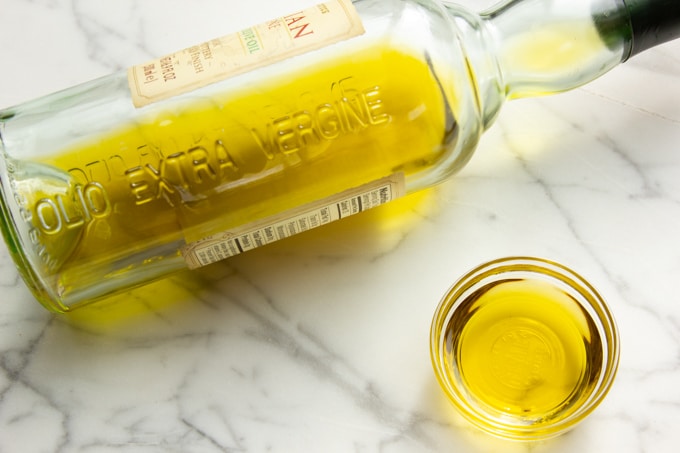
This olive oil will cost a few more dollars than regular olive oil, but it is worth it.
You’ll know it’s the good stuff if you taste it, and it gets you in the back of the throat with a hit of floral bitterness. It should be thick and heavy too.
Look for extra virgin, cold-pressed, and single origin. I also like the unfiltered type because the sediment only adds more flavor.
Here are a few suggestions to get you started.
A good quality olive oil makes a stunning addition to any salad, but especially winter salads, because your body needs more high quality fat in the winter to balance out the dryness in nature.
I encourage you to experiment with high quality fats like olive oil, coconut oil, specialty butters and ghee, and see how you feel.
I am experimenting with having a little more high quality fat these days.
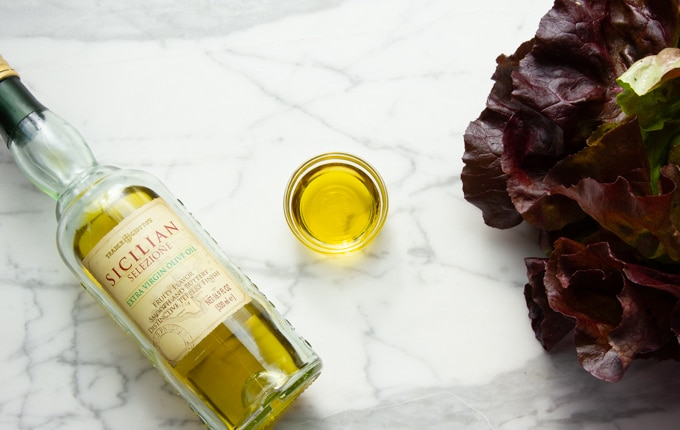
One thing that might surprise you is that fat is very grounding, and its beneficial for your nervous system.
I am watching my digestion to make sure there are no ill effects and also whether the fat helps to mitigate the dryness in my respiratory system.
RECOMMENDED FOR YOU:
How to Identify Quality Ghee, And Ghee-Buying Tips —READ MORE
Winter salad finishing touches
Dear readers, you are now privy to my six favorite winter salad toppings. I’d like to finish with some mixing and serving instructions.
First, there is no substitute for dirtying an extra bowl and mixing the lettuce and all the salad toppings together with the oil and vinegar before serving.
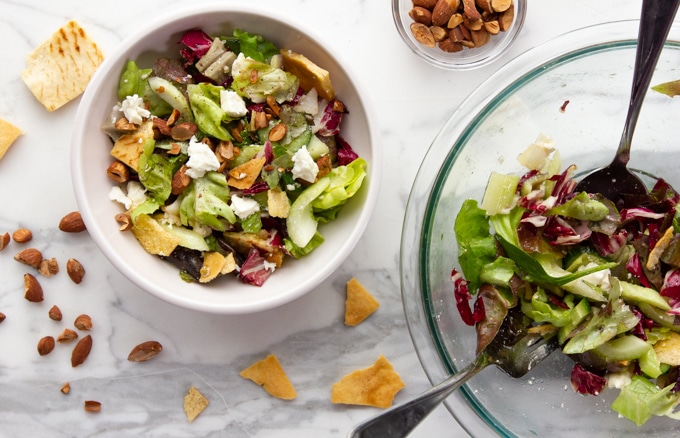
This way every bite will be coated in yummy flavor. The pita chips will get a bit soaked. The feta will be flavored.
If you get the proportions rights—use more oil and just a touch of vinegar—then you’ll feel really satisfied from your salad.
I like to top my salad with a bit of fresh black pepper. Then a couple sprigs of fresh herbs perhaps, a flourish of radicchio, cherry tomatoes wouldn’t be the worst, and … well, it’s up to you now!
Enjoy these remaining winter days. Before you know it, spring will be upon us.
RECOMMENDED FOR YOU:
Seared Apple and Cherry Tomato Salad with Goat Cheese —GET RECIPE
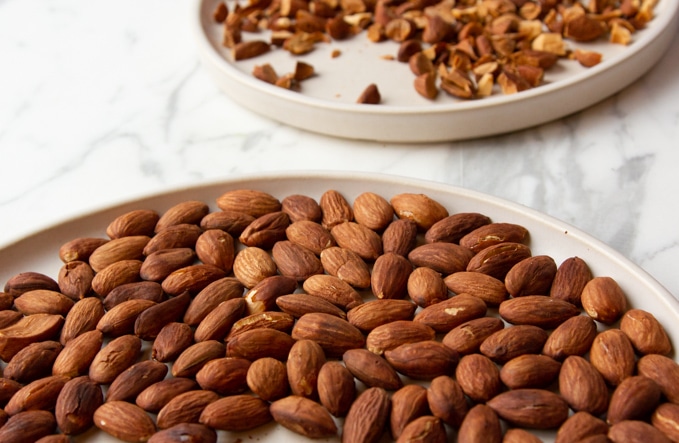
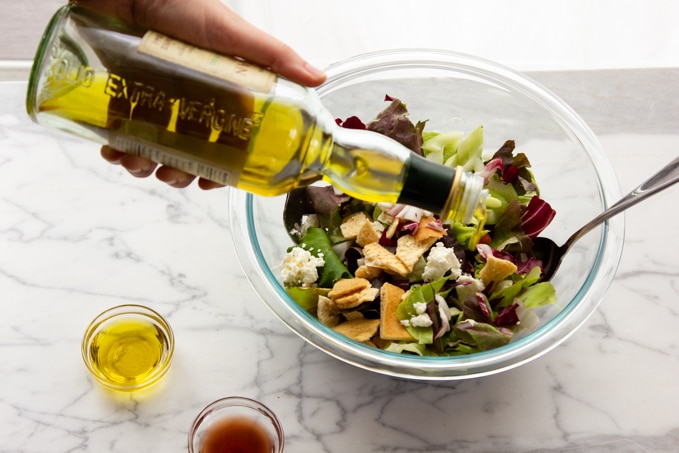
If you liked this post, please share it with your friends on social media, or leave a comment below.
For more Buttered Veg lifestyle content, follow me on Pinterest, Facebook, Instagram, and Youtube.
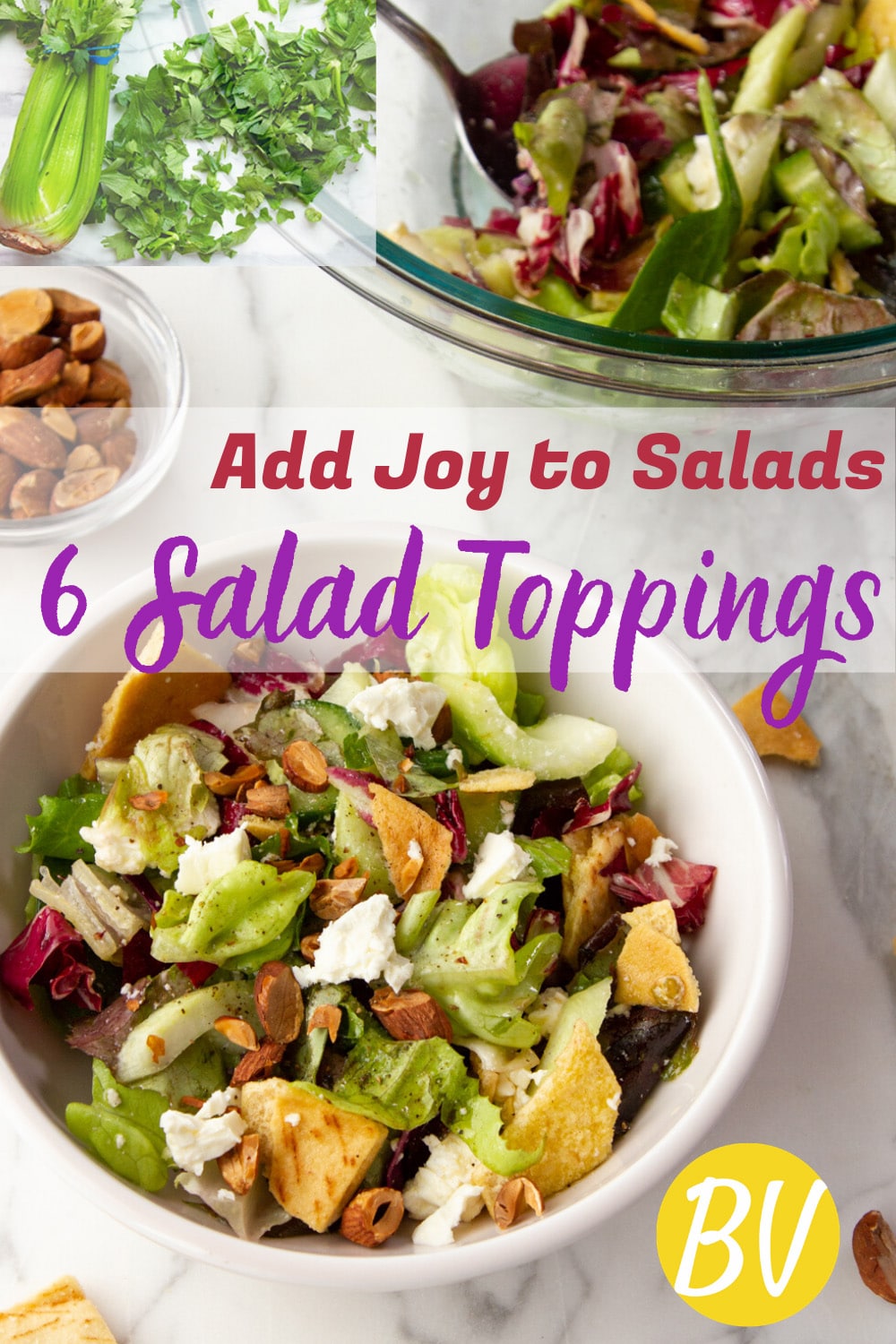

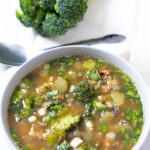
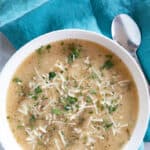
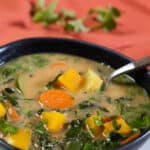
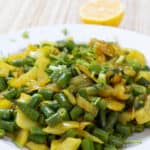
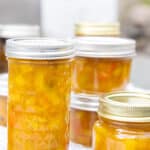
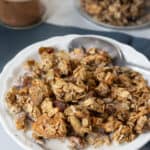
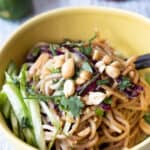
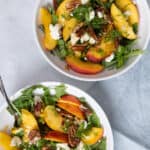
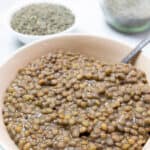
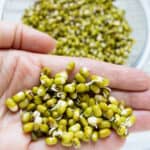
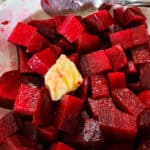

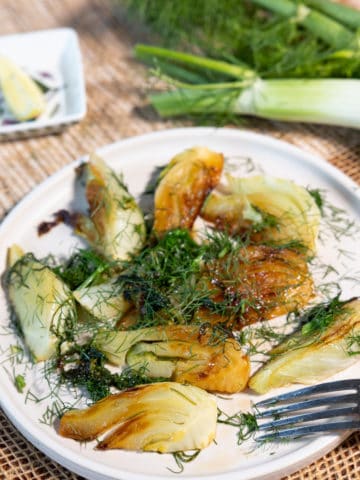
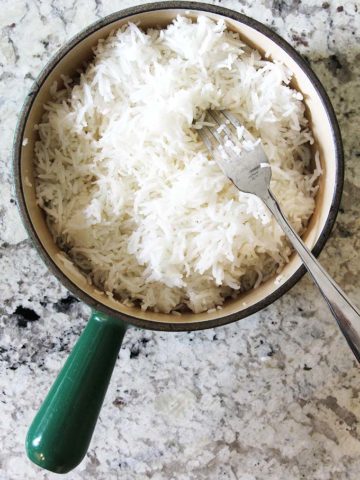
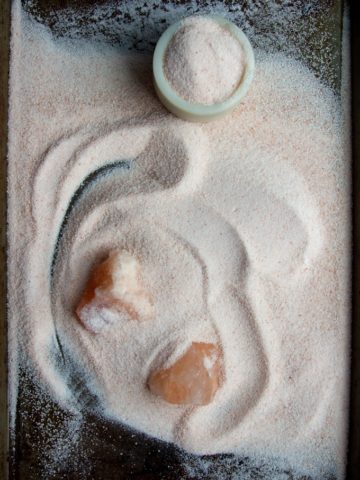
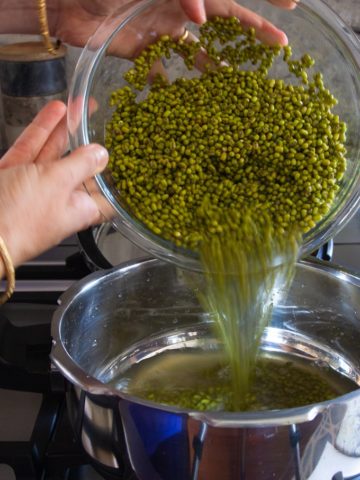
Leave a Reply